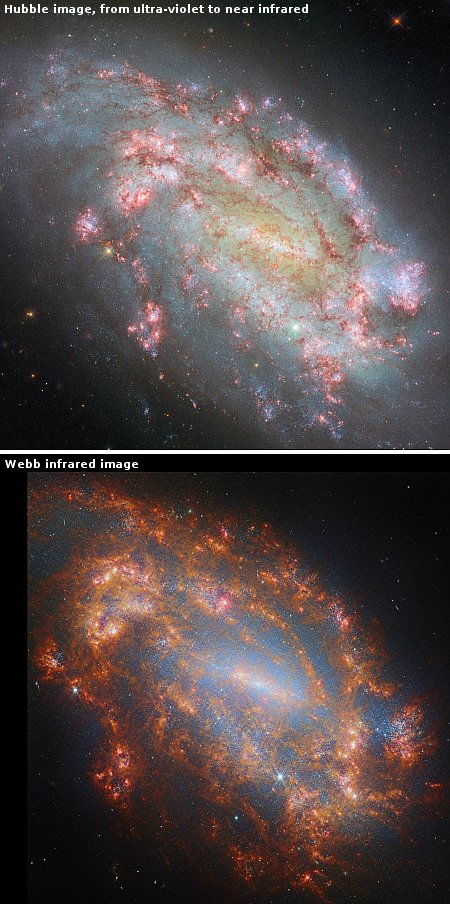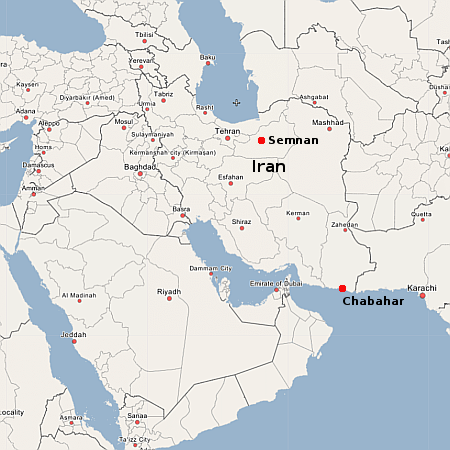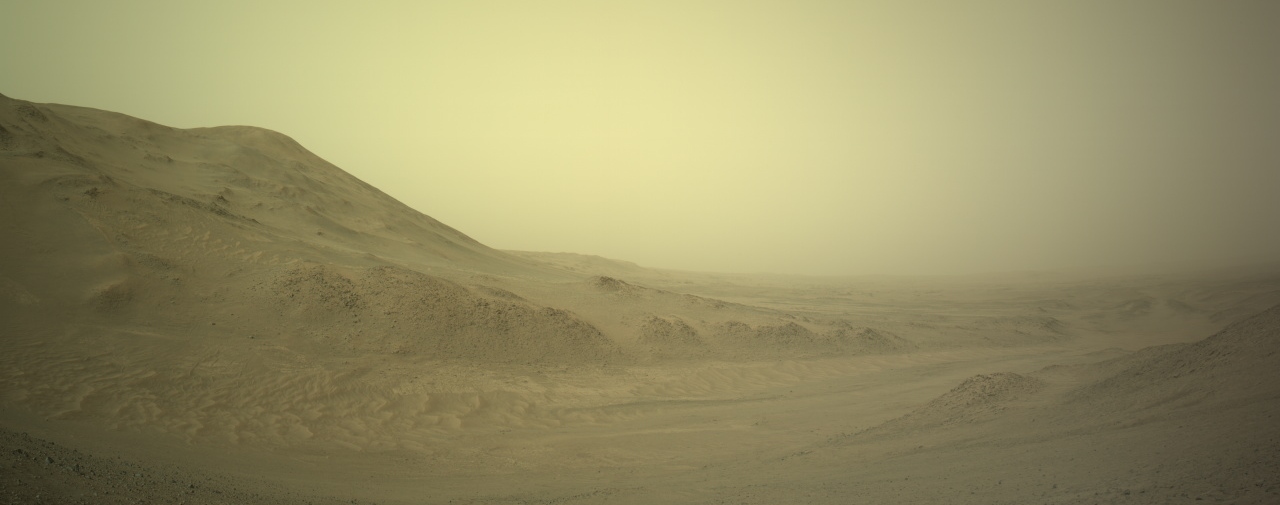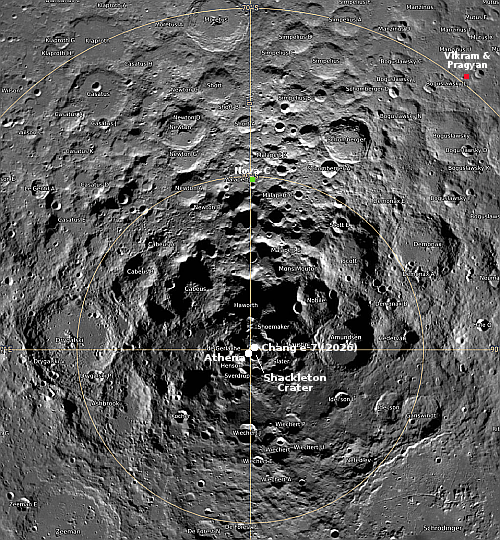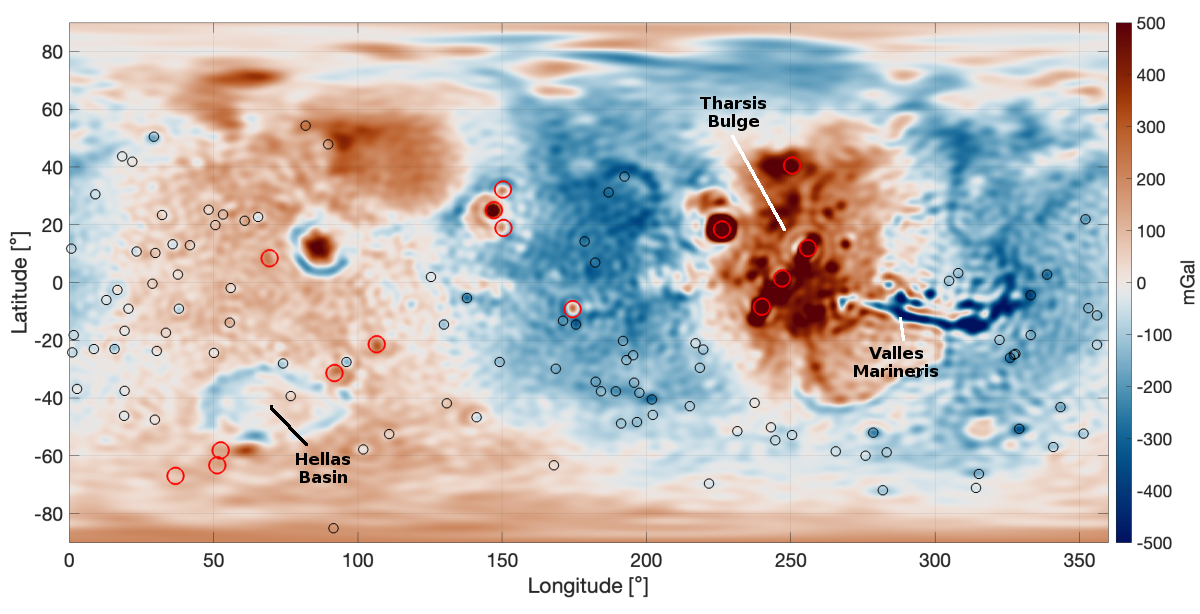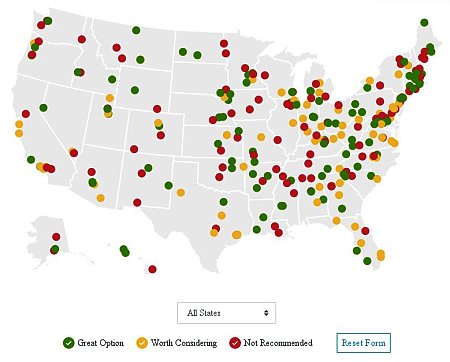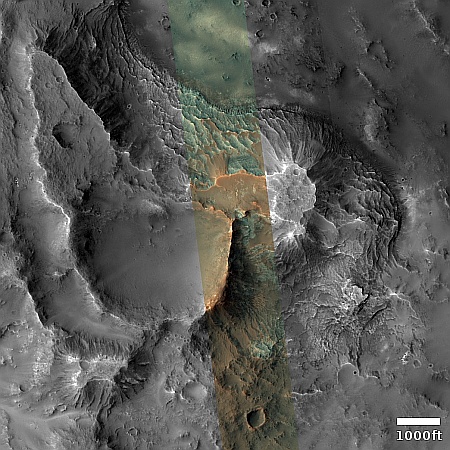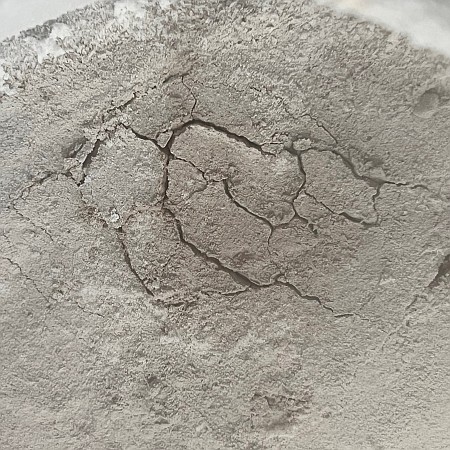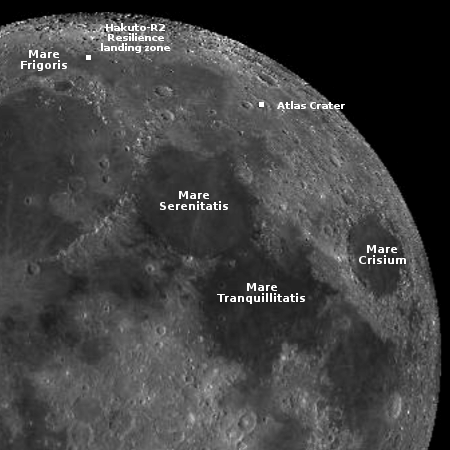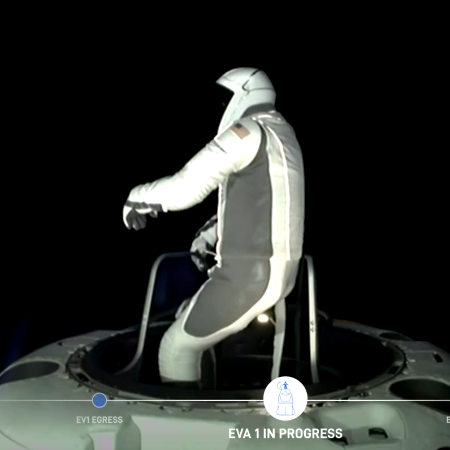Partisan Democrats hate so much they are willing to commit murder, and worse, now admit it openly

An earlier example of the Democratic Party’s
reasonablity, that time against Abraham Lincoln
They’re coming for you next: The words couldn’t have made it clearer. When asked by a reporter of the Daily Mail what he thought of his father’s actions, the son of attempted Trump assassin Ryan Routh said that his father hates Trump as “every reasonable person does. I don’t like Trump either.”
The problem is that reasonable people don’t hate. Reasonable people think about the differing opinions of others and decide as rationally as possible what they think might be the right answer. And if reasonable people are faced with true evil, they don’t act with hatred. They instead follow the biblical mantra, don’t condemn the sinner, only the sin.
Routh’s son however illustrates the contrasting attitude of the base as well as the leadership of today’s Democratic Party. They don’t simply disagree, they hate. Worse, they think that hatred is “reasonable,” and that everyone “reasonable” agrees with it.
Thus you get two assassination attempts in just over two months against Donald Trump, whose only crime — according to Democrats — is that he is running for president against them, and has said he will change the governmental policies they believe in. “Reasonable Democrats” can’t tolerate such a possibility, so therefore these “reasonable Democrats” appear out of nowhere, over and over again, attempting to kill the source of their hatred.
It is this same mindless hatred that allowed Kamala Harris as well as the Democratic Party operatives running the Trump-Harris debate last week to repeat slanderous lie after slanderous lie. The list below is only a sampling:
» Read more

